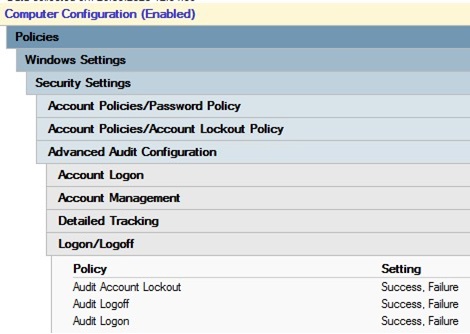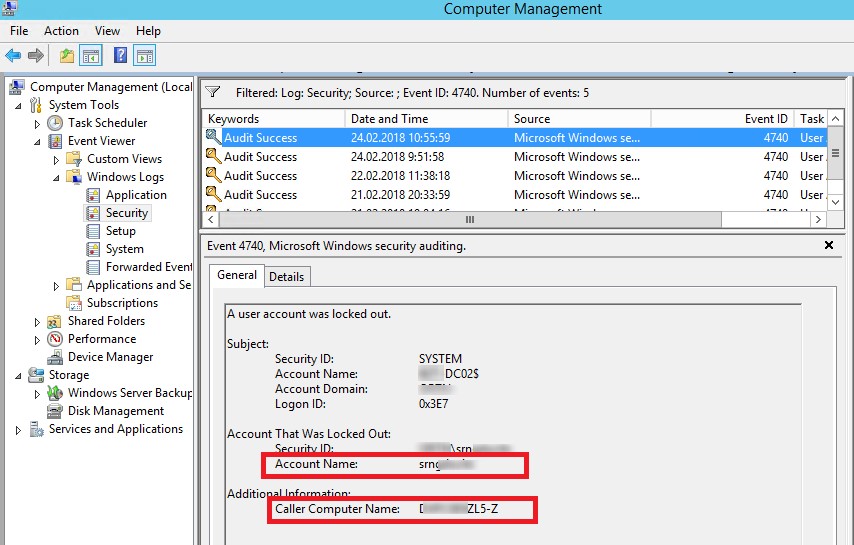
I recommend using group policy to manage the audit policy on all the computers.
#MICROSOFT LOCKOUT TOOL MICROSOFT PASSWORD#
Users simply typed in their password wrong. Like services and tasks, it is best to create a service account for this. I’ve seen individual accounts used for this many times. This is like services but I’m mentioning it separately because there are many applications that use Active Directory authentication.įor this to work, the application needs an account setup that can read the AD objects. It is best practice to log off RDP sessions when done. Unless you have a policy that forces the logoff after a period of time, users could be left with stale RDP sessions.

RDP sessions will often be closed out instead of logging out, this leaves the RDP session still logged into. Check the scheduled tasks and make sure they are setup to run under a service account. Like services, scheduled tasks are often setup with user credentials instead of a service account. If it doesn’t need network access, then make it a local account. If a service needs to run as a network account it’s best to create a service account and set the password to never expire. You can open the services console and see what account they are setup to run as. This will lead to some lockout issues when the user changes their password. I’ve seen services set to run as a regular user account. With more and more users having multiple mobile devices this is usually the #1 cause of random lockouts.
#MICROSOFT LOCKOUT TOOL MICROSOFT UPDATE#
When the user changes their AD password they may need to update their mobile apps as well.

Phones and other mobile devices can have multiple apps that require active directory credentials, Outlook is one of them. When troubleshooting account lockouts, keep this list in mind, 99% of account lockouts are caused by one of the items on this list. It’s free, simple, easy to use, and comes bundled with several tools. There are many Active Directory Tools that can assist with troubleshooting account lockouts, but my favorite is the Microsoft Account Lockout and Management Tool. In this post, I’ll walk you through the exact step by step process I use for tracking down the source of random account lockouts. There are account lockout tools that can assist and quickly tracking down the source of the issue. At this point, everyone is frustrated and no one knows what the heck is causing the lockouts.

Hope this will help you retrieve your Microsoft Account.I think we can all agree, troubleshooting random account lockouts can be a major pain.Ī user calls the helpdesk, you unlock their account, 5 minutes later they call again with another lockout. They have the necessary tool to verify you as the owner of the account, and they are replying usually within 24H. If you will still be unable to recover the account, then it is better to contact Microsoft Account Support for alternative recovery options. However I think that you should have all information needed to actually successfully recover it. If you are not sure that you can recover it, do not try as you can loose access to it on the phone. Please check what information is needed before you will try to recover it. Try to recollect what information you were providing while creating the account. Try to recover your account, using tips in this article. I am an independent advisor, and I am trying to help other users in Community with my experience in Microsoft products.


 0 kommentar(er)
0 kommentar(er)
